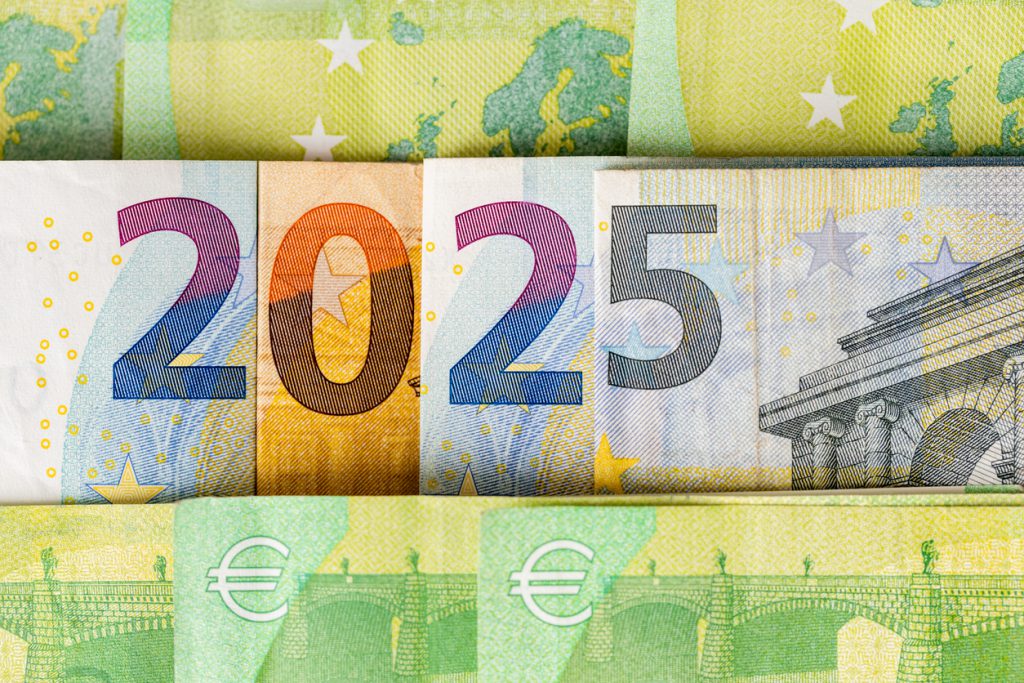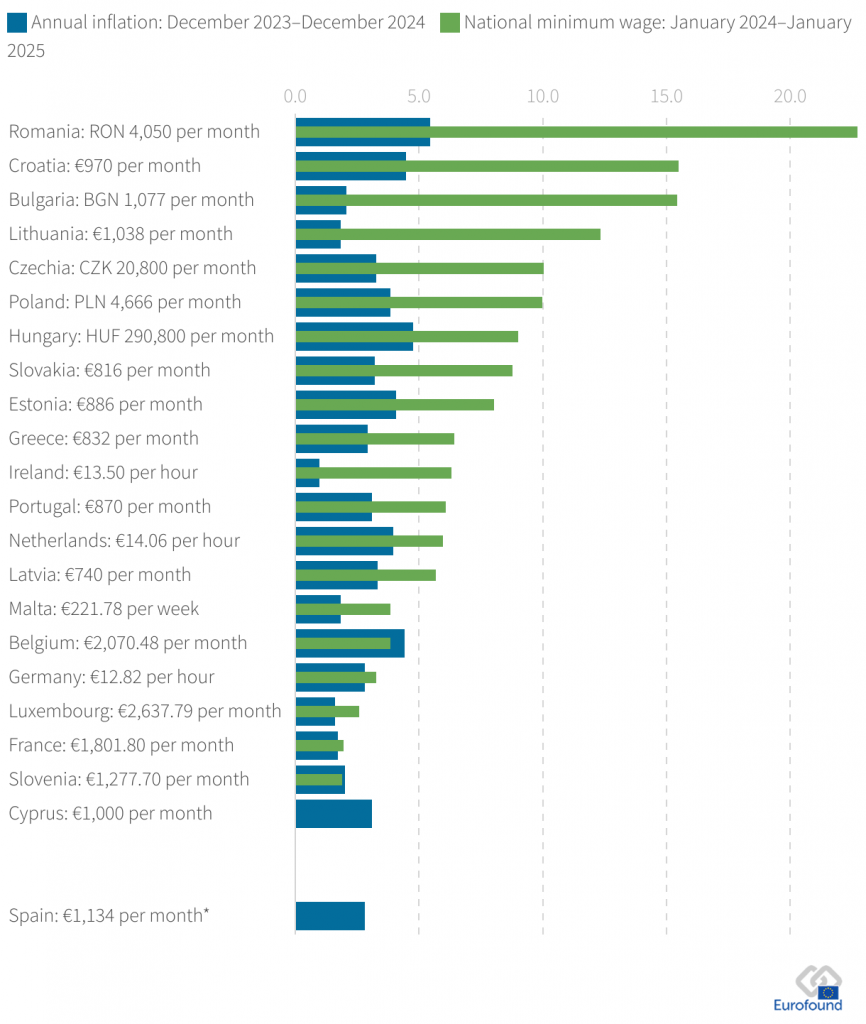Malta with modest 4% minimum wage rise in 2025, but low inflation at 1.8%

Malta’s 4% minimum wage rise in 2025 was significantly below the EU average of 7%, ranking seventh from bottom. On the bright side, however, Malta had among the lowest inflation rates at 1.8%, meaning that the increase was not eaten up completely by the increase in the cost of living.
The comparison emerged from an analysis carried out by Eurofound, which carries out periodic monitoring to gauge workers’ spending power across the bloc. It transpired that the rise in the cost of living has calmed down to the point that according to Eurofound in most countries purchasing power among minimum wage earners is on the rise, even though the nominal rate increases are generally lower than in 2024.
The analysis reveals that with the exception of Cyprus, minimum wages rose across the board. In Spain the upward revision will be announced in the coming weeks.
In terms of percentage rise (excluding the impact of inflation) the following picture emerged:
- substantial increases were registered in most of the central and eastern European Member States, with increases of almost 23% in Romania (resulting from the regular update in January 2025 and an ad hoc intervention in July 2024); 15% in Croatia and Bulgaria; 12% in Lithuania; 10% in Czechia and Poland; 9% in Hungary and Slovakia; and 8% in Estonia
- significant increases above 6% in Greece (new rate fixed in April 2024 as per regular practice), Ireland and Portugal; and just below 6% in the Netherlands (resulting from two regular updates, in July 2024 and January 2025) and Latvia
- moderate increases just below 4% in Malta, Belgium (a +3.8% hike from April 2024 due to automatic indexation), Germany, Luxembourg, France (a +2% increase from November 2024 due to automatic indexation) and Slovenia. In Spain, a 4.4% increase proposed by the government is being currently discussed with the social partners. There was no change in Cyprus, since the country’s new statutory minimum wage was first increased in 2024, and a readjustment is foreseen only every second year.

Though the hikes in nominal minimum wage rates were generally lower than those of 2024 (the average increase between January 2024 and January 2025 is above 7%, while that between January 2023 and January 2024 was almost 10%), in inflation across many countries went down. Preliminary figures based on price levels between December 2023 and December 2004 reflect an average inflation rate of 3%, below the almost 4% registered a year ago (between December 2022 and December 2023).
Against this background, the general picture across most countries is one of gains in purchasing power among minimum wage earners. Over the past 12 months, national minimum wages have been increased above inflation in all countries except Cyprus and Belgium (where the real wage declined) and Slovenia (where it remained more or less constant); it seems this will also be the case in Spain. In real terms, the rise in minimum wage levels is substantial in most central and eastern European Member States (Romania, Bulgaria, Croatia, Lithuania, Czechia, Poland, Slovakia and Hungary) and Ireland, among the western European Member States.
Minimum wage earners will see a boost to their pockets in January 2025, as nominal rates have risen above inflation across almost all countries over the last 12 months. With price rises returning to more moderate levels, inflation’s role in driving significant minimum wage hikes has declined, while that of the new Minimum Wage Directive has started to exert itself. The directive’s ‘indicative reference values’ to guide the assessment of the adequacy of minimum wages (50% or 60% of the average or median wage) – while not being mandated by the directive – have become the tool favoured by most countries with a statutory minimum wage when transposing the directive into national law.
In Malta, a four-year plan to increase the national minimum wage is in its second year of implementation, based on a tripartite agreement from 2023 and recommendations made by the Low Pay Commission.
